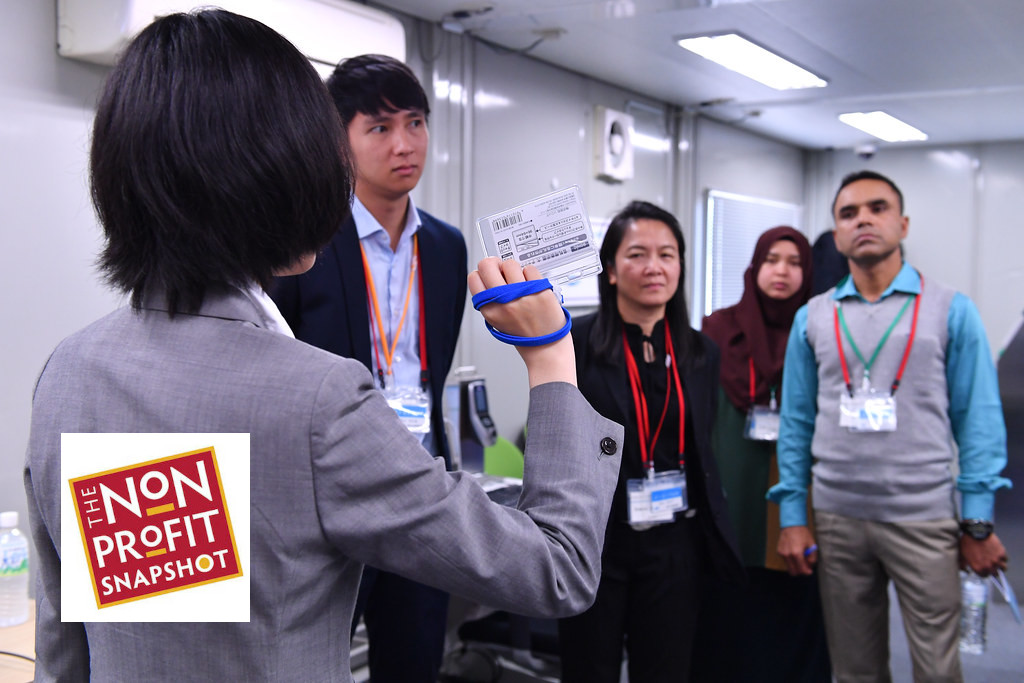In today’s volatile political climate, immigration-focused nonprofits face increasing risks—not just to their funding and public perception, but to their physical safety and digital security as well. With rising anti-immigrant rhetoric, targeted harassment, and even acts of violence, organizations advocating for immigrant communities must take proactive steps to protect their people, spaces, and mission.
Here are practical strategies nonprofits can adopt to reduce vulnerability, build resilience, and stay secure without compromising their values.
Conduct a Security Risk Assessment
Start with a thorough review of your current vulnerabilities. A security assessment should consider:
- Physical access points at your offices
- Staff and volunteer training protocols
- Emergency response plans
- Online presence and digital safeguards
Resources like the Nonprofit Security Grant Program (NSGP) offer federal support for nonprofits facing security threats, including funding for risk assessments and physical security enhancements.
For detailed guidance, consult the Department of Homeland Security’s Nonprofit Security Resources.
Strengthen Physical Security Without Creating Barriers
While maintaining a welcoming atmosphere is essential, so is keeping your facilities secure. Consider:
- Installing secure entry systems and visitor check-ins
- Upgrading locks, lighting, and surveillance equipment
- Developing relationships with local law enforcement and first responders
- Hosting active shooter or emergency evacuation drills
Many organizations have found success using trauma-informed design principles to create secure spaces that do not feel punitive or exclusionary.
Train Staff and Volunteers in Crisis Response
Preparedness reduces panic. Offer training to staff and volunteers on how to:
- De-escalate hostile encounters
- Identify suspicious activity
- Follow lockdown or evacuation procedures
- Report threats to authorities
The Federal Emergency Management Agency (FEMA) and CISA provide free and low-cost training opportunities that can be tailored to nonprofit settings.
Fortify Digital and Data Security
Digital threats are just as real as physical ones. Immigration nonprofits often handle sensitive data that, if compromised, could endanger clients.
Ensure that:
- Staff use secure passwords and multi-factor authentication
- Files are encrypted and stored in secure cloud systems
- Communications about clients are handled over secure platforms
- Your website and social media accounts are protected from hacking
For nonprofits without in-house IT support, tools from TechSoup and the National Council of Nonprofits offer affordable cybersecurity resources and software.
Build Community-Based Safety Networks
No nonprofit should face threats alone. Forge relationships with other community-based organizations, legal defense networks, and rapid response teams. This solidarity can:
- Share resources and intelligence about threats
- Coordinate responses to harassment or violence
- Provide emotional support and resilience to staff
Collaborative networks are especially valuable when facing coordinated attacks like doxxing or media disinformation campaigns.
Communicate With Transparency and Purpose
Crisis communication is part of a strong security posture. Ensure you have:
- A clear internal protocol for reporting and responding to incidents
- Pre-approved language for communicating with media and the public
- A plan for reassuring staff, volunteers, and community members
Organizations like Color of Change offer messaging support for nonprofits navigating politically charged climates.
Preparedness is Empowerment
Download a Nonprofit Security & Safety Checklist here >>>
While it’s disheartening that mission-driven organizations must think about safety in these terms, preparation is a form of empowerment. Taking intentional steps to safeguard your space, data, and people helps you continue your work with strength, clarity, and courage.
For more risk management tools, check out the Nonprofit Risk Management Center, or connect with your local VOAD (Voluntary Organizations Active in Disaster) chapter.
Staying safe doesn’t mean staying silent. It means standing strong—and being ready.
Download a Nonprofit Security & Safety Checklist here >>>
Contact Us
Share your insights and comments with us on our Nonprofit Snapshot page on LinkedIn.
